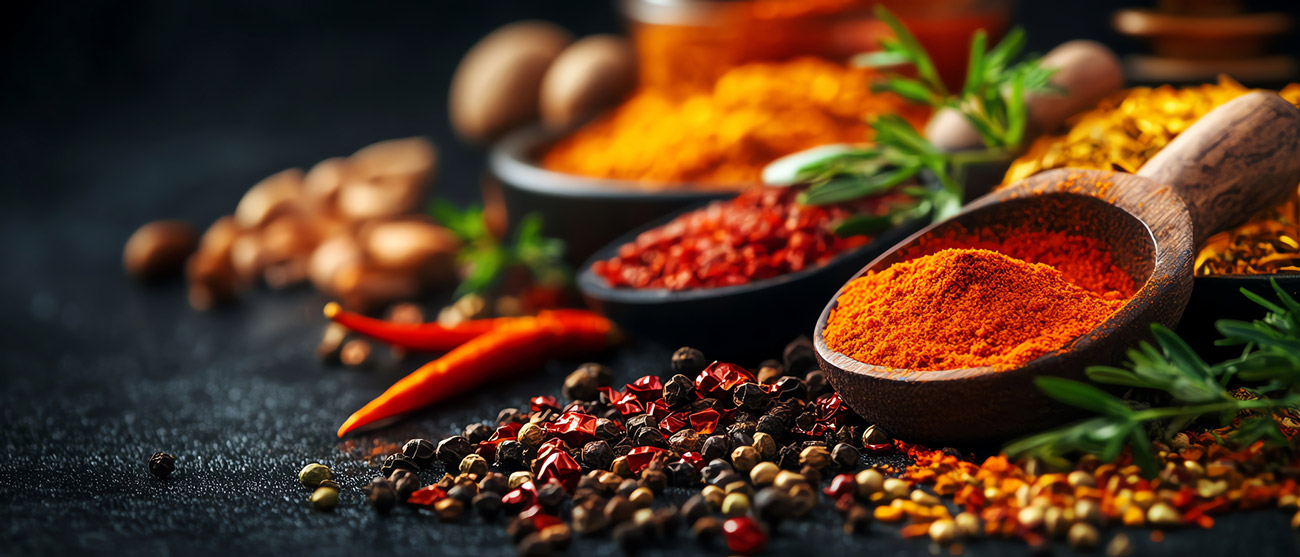Genetics: The Blueprints of Taste

Let's start with the basics - we're all born with around 10,000 taste buds. But those taste receptors aren't all created equal. Genetic differences mean that some people are exquisitely sensitive to bitterness, while others can down brussels sprouts like candy. A 2011 study found that around 25% of the population are "supertasters" - those with an above-average number of taste buds who experience tastes with heightened intensity.

And it's not just bitter notes that get skewed by our DNA. Researchers have identified key genes that influence our perception of sweetness, saltiness, and even savory umami. So when that hipster friend of yours turns their nose up at your signature flavor, it may not be a matter of poor taste - their genetic code is quite literally hard-wired to experience that profile differently.

Our taste buds are shaped by more than just genetics. As we age, those trusty receptors start to deteriorate, leading to a noticeable decline in our ability to perceive sweet, salty, and bitter tastes by the time we hit our late 50s. In fact, studies show that older adults can be up to 2.5 times less sensitive to these flavors compared to younger individuals.
The Adaptable Palate: Exposure and Sensory Acclimation
Interestingly, our taste buds don't just sit idly by as we grow older. They're constantly adapting to the flavors we expose them to, a phenomenon known as sensory adaptation.

When we repeatedly encounter certain tastes, our receptors become less sensitive to those flavors over time. This is why your first sip of that super-hopped IPA might have tasted like a bitter bomb, but after a few rounds, you barely notice the intense bitterness. Your taste buds have simply adjusted to accommodate the flavor.

Repeated exposure isn't the only thing that can shake up our taste perceptions. Environmental factors can also play a role. Turns out that smoking can actually damage the nerve endings responsible for taste and smell. The good news? Quitting smoking can restore those senses, allowing you to rediscover the joys of a well-crafted craft cocktail or that divine chocolate soufflé.
The Psychological Playground of Flavor
It all starts with the interplay of our senses. Taste, smell, and even touch come together to create the rich tapestry of flavor we know and love. But that's just the beginning. Our expectations, emotions, and cultural backgrounds all play a starring role in how we perceive those delectable morsels.
Ever notice how the anticipation of a meal can heighten your enjoyment, even before the first bite? That's the power of expectation at work. And let's not forget the emotional influence – stress can dull our senses, while happiness can make that chocolate cake taste even more decadent.
But the cultural layer is where things get really intriguing. Flavor preferences are often deeply rooted in our cultural upbringing, shaping our palates from a young age. A mismatch between our expected flavor and the actual experience can lead to disappointment, as our taste buds dance to the tune of cultural programming.
Culinary Trends and Consumer Behavior
We can't ignore the impact of these shifting taste preferences on the food industry. After all, our job is to stay ahead of the curve, crafting innovative flavors that captivate the ever-evolving consumer palate.
"Take the rise of vegetarianism and veganism, for example. These growing dietary trends have spurred the development of a whole new world of plant-based products, as consumers seek out healthier, more sustainable options."
And with advances in food technology, we're able to deliver authentic, crave-worthy flavors that cater to these changing preferences.
The market isn't being swayed by dietary changes alone. The increasing globalization of our food landscape has introduced a dizzying array of new flavors, broadening the average consumer's palate. As cultures blend, so too do our culinary traditions, leading to a greater appreciation for diverse tastes.
And let's not forget the impact of health and sustainability trends. Consumers are now seeking out foods perceived as healthier, such as organic, minimally processed options. This has sparked a revolution in the way we approach flavor development, as we strive to balance nutrition and taste in perfect harmony.
Embracing the Evolving Palate

So, let's raise a glass (or a beaker, rather) to the marvels of our evolving taste buds. Embrace the adaptability of the human palate, and let's continue to push the boundaries of flavor exploration. Who knows what delicious discoveries await us on the horizon?
Insights & Trends
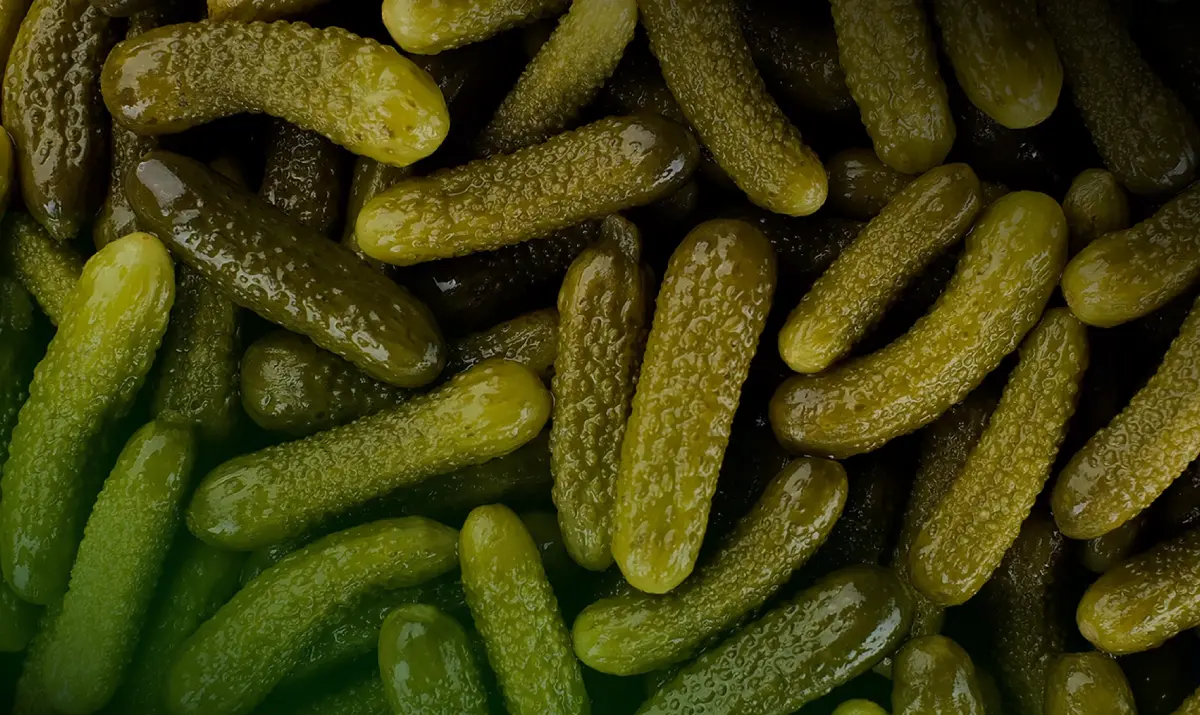
From Brine to Brain: Why Pickle Flavor Is the Star of 2025
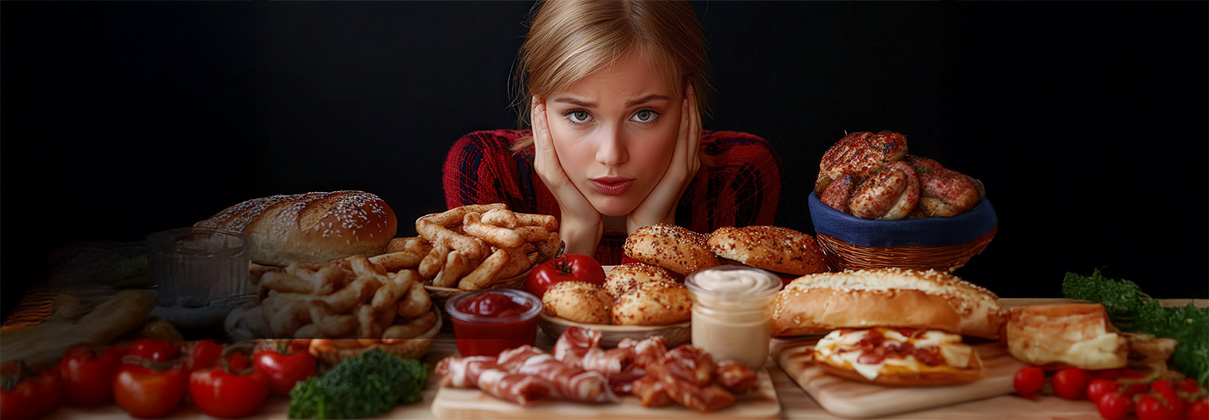
Taste Bud Turmoil: The Hidden Cost of Endless Flavor Choices

The Salty Snack Game Is Changing: What It Takes to Win with Today’s Consumers

Label Fatigue: Are We Overwhelming the Consumer with Too Much Information?
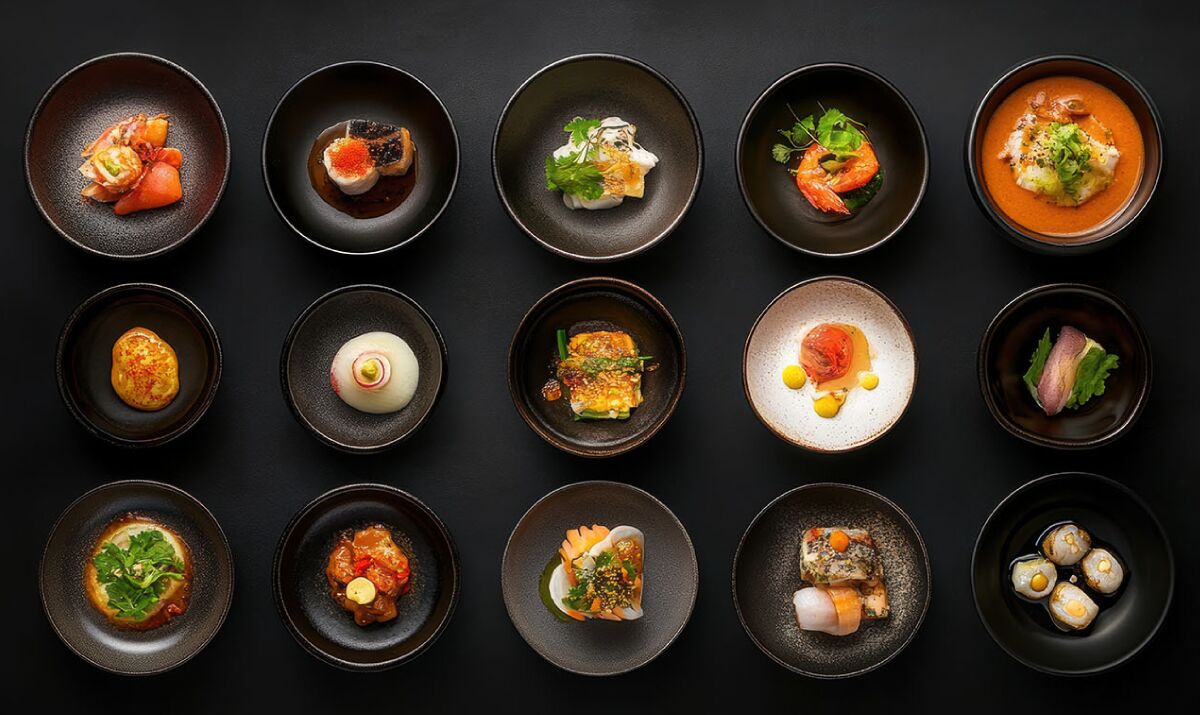
Go Big or Go Bland: The Rise of Maximalism in Taste
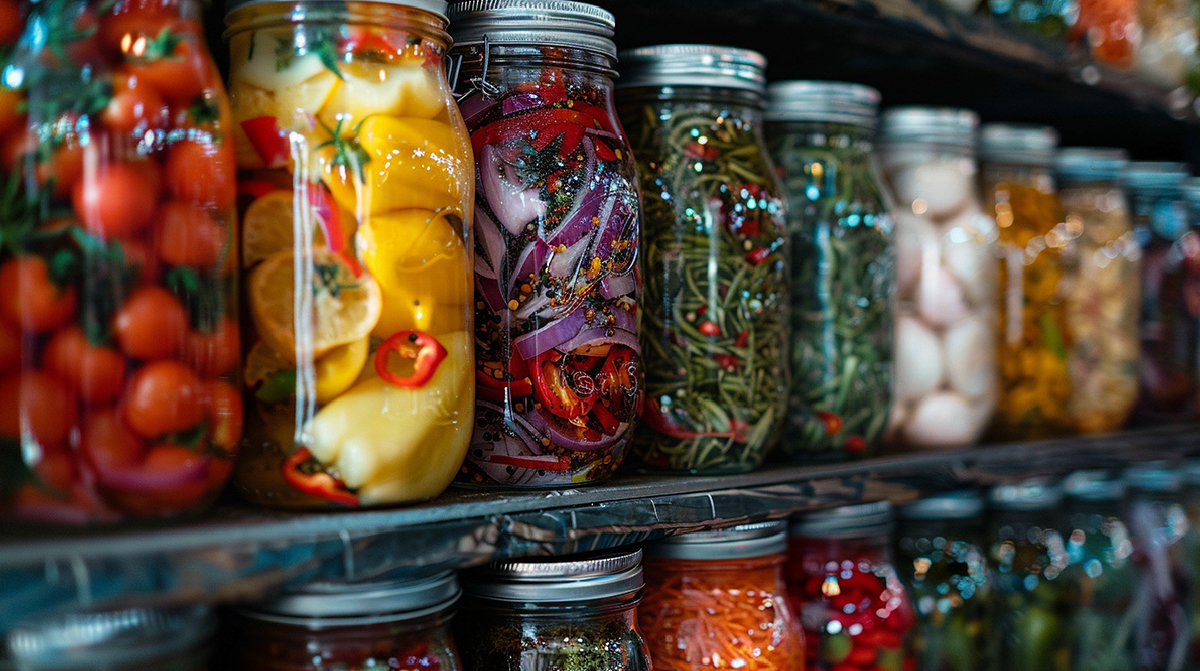
Tackling Food Waste from Every Angle: From Policy to Plate

How Health, Tech, and Global Events Are Changing What We Eat

Beyond the Label: How Word Choices and Packaging Affect Taste

The Rise of Customizable Flavors: Tailoring Taste to Consumer Preferences
